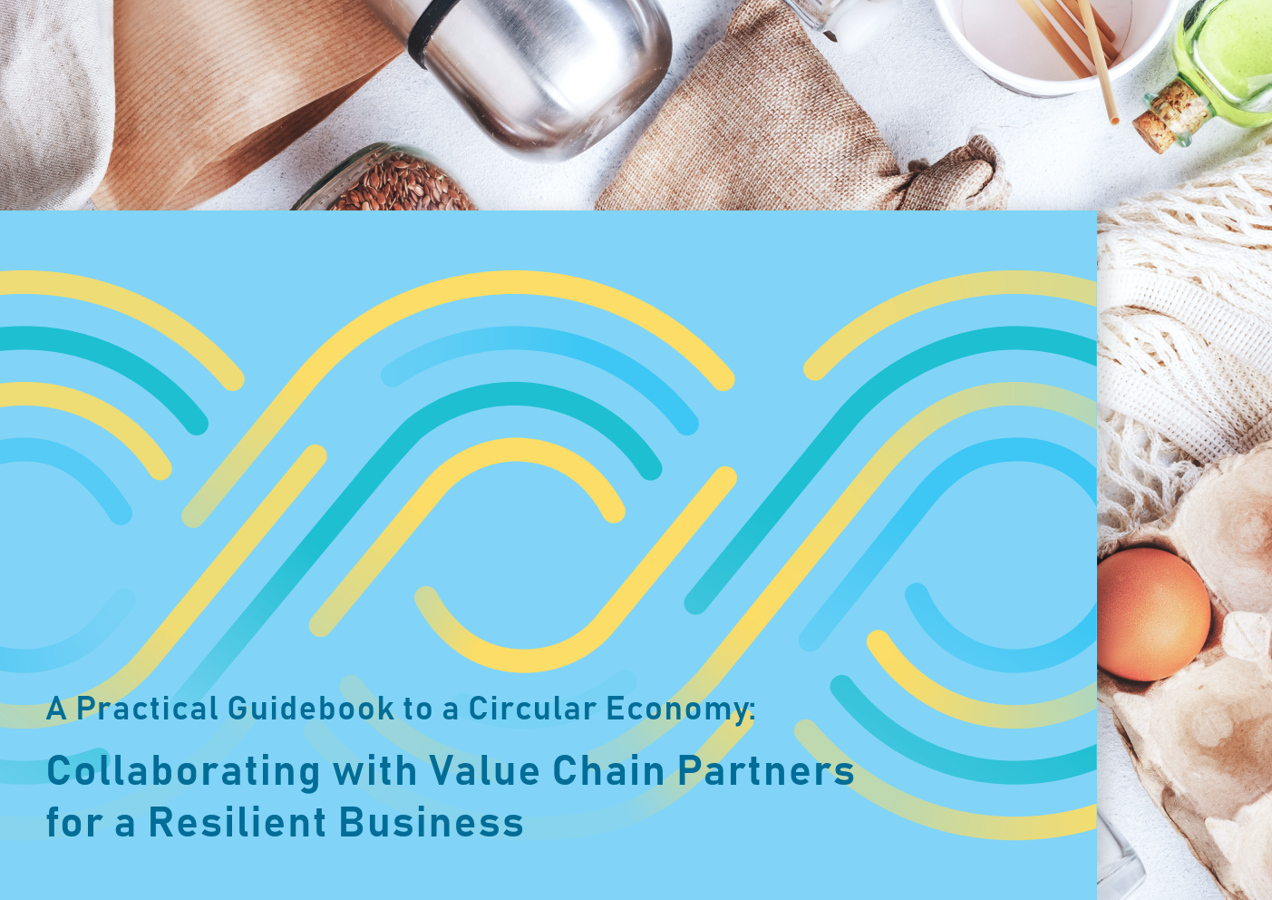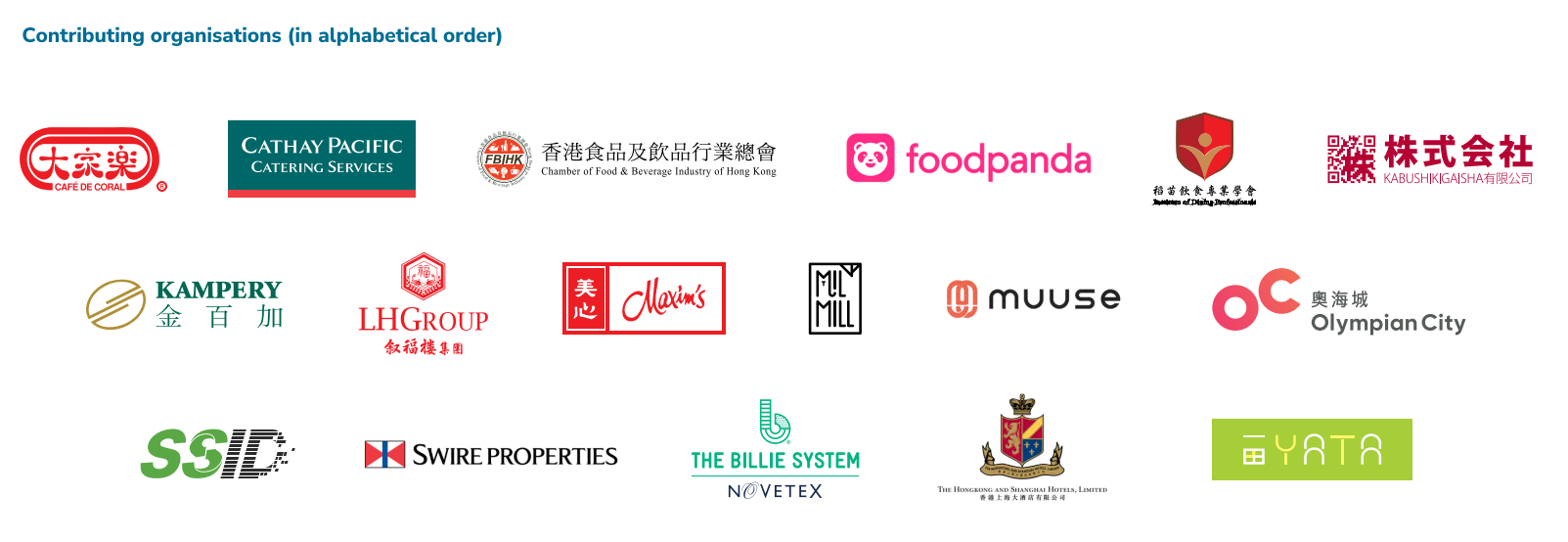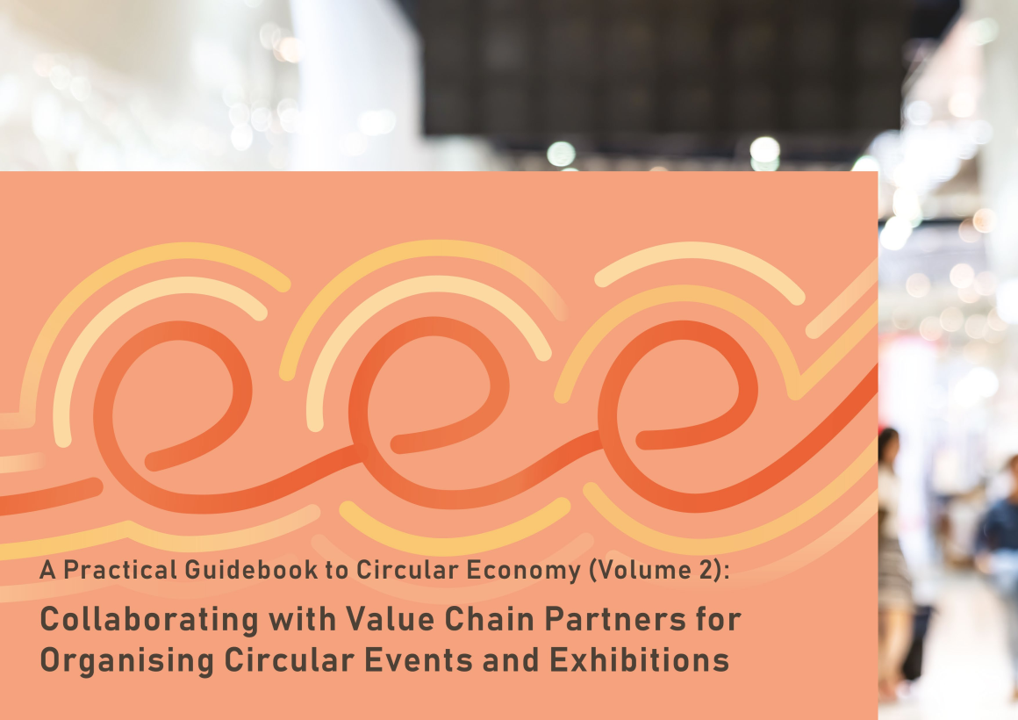A Practical Guidebook to a Circular Economy Collaborating with Value Chain Partners for a Resilient Business
In the linear economy we live in today, not only are we extracting natural resources at a rate that is faster than what the nature can regenerate, but we are also dumping tremendous amounts of waste, which is suffocating the environment. Is waste actually the end of the story? If waste is the final product that arises from the linear economy, would transforming the economy into a circular one help people rethink the possibility of such a product?
 >>> Click here to access the full version
>>> Click here to access the full version
Designed as a go-to self-study resource particularly for foodservice business owners and managers to grasp and act on the idea of resource circularity, this Guidebook emphasises intellectual access, practicality, value chain-based problem-solving, and local relevance. The guidebook highlights exemplary circularity projects and best practices for reference, and also provides standard-aligned step-by-step guidance and readily available templates to help the readers translate commitment into action.
The information presented inside this Guidebook is a result of extensive desktop research as well as engagement with industry experts. We would like to express our sincere gratitude to all parties who generously contributed throughout the review and editorial processes, be that taking part in the focus group discussions, scrutinising the drafted content or providing the project photos for use in this publication.

A Practical Guidebook to Circular Economy (Volume 2) Collaborating with Value Chain Partners for Organising Circular Events and Exhibitions
Business events and exhibitions of different sizes for various industries are held across the territory every day. Despite positively contributing to our local economy, a vast majority of them are currently run in a material-intensive and wasteful manner – which goes against the ideals of low-carbon and sustainable future that many businesses have committed to supporting.
 >>> Click here to access the full version
>>> Click here to access the full version
Introducing several locally relevant case studies and a standard-aligned six-step guide, this self-study material serves to equip you with the knowledge and skills to challenge this status quo from the perspective of value chain-based collaboration to bend the linear process into a circular one. It will show you why and how a business event should and can, respectively, design out waste.
This Practical Guidebook is designed for project managers in the meetings, incentives, conventions and exhibitions (MICE) industry, as well as event teams, and marketing and communications managers in all companies that are keen on organising circular events in Hong Kong. It is applicable to business events regardless of scale, including but not limited to conventions, conferences, summits, forums, corporate meetings, trade shows and exhibitions.
You can refer to each step and the corresponding template of Step-by-step Guide to Value Chain-based Collaborative Circularity Practices through the links below:
Step 1 – Creating Resource Circularity Event Goal
Step 2 – Formulating Circularity-minded Event Policy
Step 3 – Laying down Circularity Requirements in RFPs
Step 4 – Negotiating for Circularity-minded Event Sponsorship
Step 5 – Setting Circular Event Targets
Step 6 – Evaluating Circularity in the Event
The PSLB team wrote this Guidebook based on extensive research and first-hand event organising experiences. This Practical Guidebook would not have been possible without the generous support from the MICE industry stakeholders – by sharing their professional insights and suggestions during the stakeholder engagement phase, as well as contributing throughout the review and editorial processes – along its development.
Contributing organisations (in alphabetical order)






